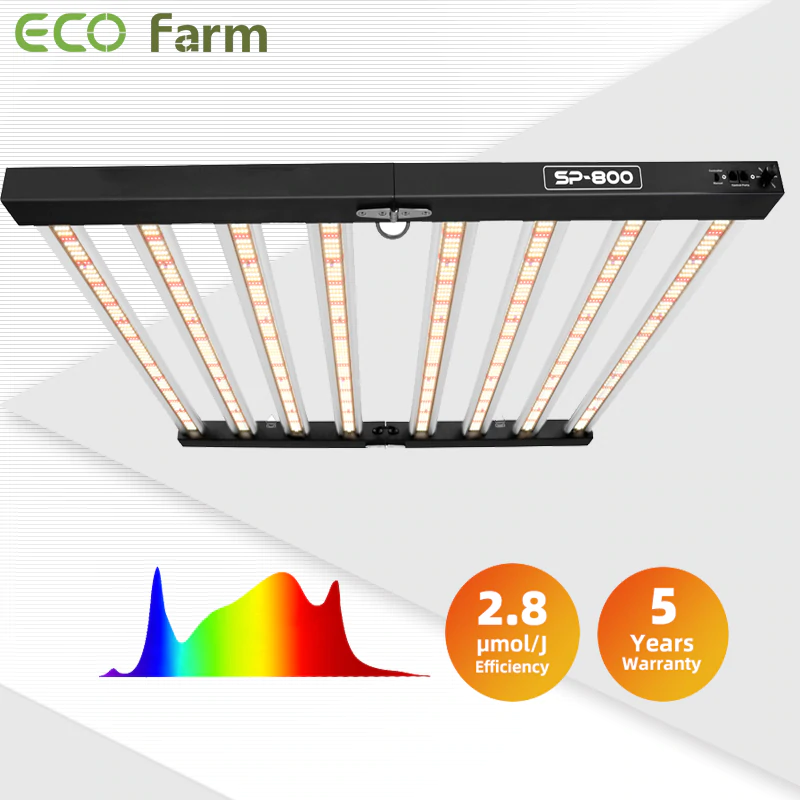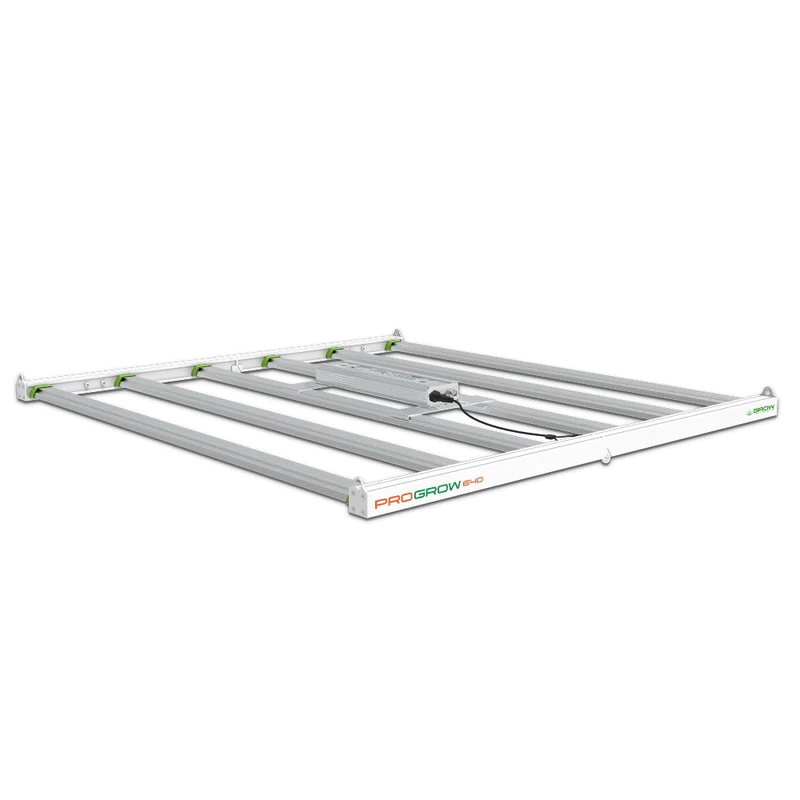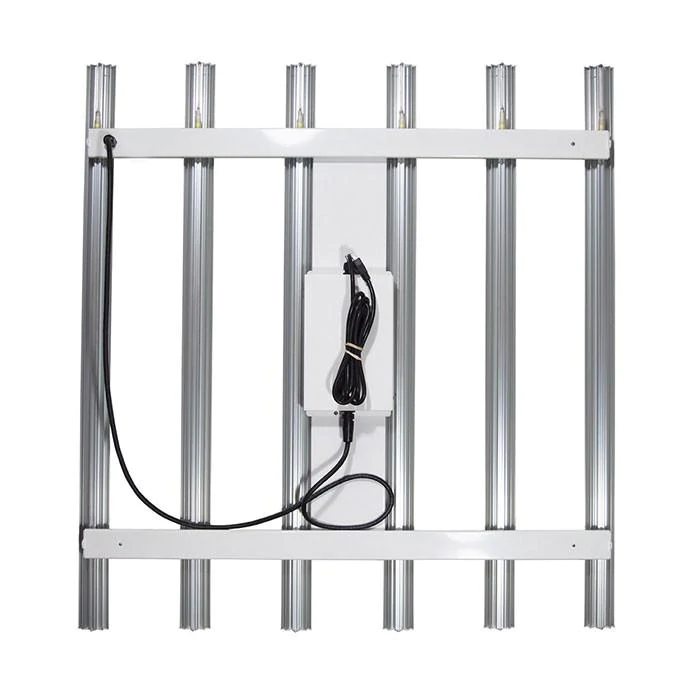Why Using LED Lights Are Good for Your Garden (2022 Updated)
[PR]上記の広告は3ヶ月以上新規記事投稿のないブログに表示されています。新しい記事を書く事で広告が消えます。
Why Using LED Lights Are Good for Your Garden (2022 Updated)
Today, horticultural lighting is becoming more and more popular around the world. Especially LED grow lights have the advantages of low energy cost and long life, and are the first choice for cultivators.
Why choose LED grow lights?
LED grow lights are gaining popularity among growers for the right reasons. These lamps represent newer, more efficient technology — a considerable upgrade from traditional incandescent, high-intensity discharge (HID), and fluorescent lamps. For example, traditional grow lights consume more energy and emit more heat than LED grow lights. But that’s not all — LED grow lights, while newer, have more valuable benefits than their older counterparts. They do a better job of stimulating growth thanks to their broad spectrum of red and blue light. The lights are also equipped with different types of LED chips. Differences in LED chips determine the level of brightness an LED grow light brand or model can provide.
Overall, growers would be right to buy LED grow lights if they want more lighting options and features to meet their needs. These interesting technologies are also cost-effective in the long run. Although it may seem like an expensive investment at first, buying the right LED grow lights will save you a lot of money in the long run. You also won’t buy any extra light fixtures that might cost more money — most LED grow lights are plug-and-play devices. The prices of these devices are dropping every day thanks to an increasing number of manufacturers, and you should be able to get a great deal without breaking the bank.
ECO Farm SP-600 Samsung Foldable Dimmable Full Spectrum LED Grow Light

Features:
The ECO Farm LED Grow Light uses an upgraded Samsung LM281B chip with 6 passively cooled LED strips, the professional SMD design provides even and wide canopy coverage, higher light intensity, and less light decay. It easily achieves a 30% higher average PPFD and boasts an incredibly high efficiency of 2.8 µmol/J. A total of 1632 LEDs consume only 600W on a 3x3 ft growing area, resulting in a smaller footprint and better crop quality and quantity. The foldable grow light has enhanced blue light (3000–5000K) and rich red light (660nm), plus infrared and ultraviolet light provides more precise and uniform dynamic PPFD Meets all plant stages from seeding to flowering, accelerating growth and promote crop growth. The best choice for your greenhouse growing, horizontal and vertical farming, best for grow tents and indoor warehouses. The foldable design brings you the convenience of no installation, no assembly, and plug and play.
Grow Light Science PROGROW 640 LED Grow Light

Features:
LED grow lights are full-cycle overhead lighting solutions for commercial or residential plants cultivation. The 640’s form factor allows for expandability and multiple grow room and grow tent configurations where photosynthesis and yield maximization are the goals. PRO GROW 640 offers high PPFD levels and can be used with or without added carbon dioxide. PRO GROW 640 will deliver PPFD levels of over 1,000 umols/m2/s, either individually or in arrays of multiple units. To adjust and achieve target PPFD levels stage by stage throughout the cultivation cycle, growers are advised to use a PAR meter in combination with hanging height and dimming.
Spectrum King 600W LED LowPro Flower

Features:
The Spectrum King LED grow light is a 660W grow light system with an efficiency equivalent to a 1000W LED. The grow light system is designed for vertical shelving solutions; you mount the lights 3 inches from the plants. Grow lights offer a 4X4 footprint. It offers 141.57 efficacy and a lumen output of 102,000 lumens. LED grow lights feel like plants are getting closer to the sun. The planting system is designed for a 3" tall vertical racking solution. The LED grow light system is the shortest and brightest LED grow light system on the market. The LEDs are rated at 50,000 hours to ensure long life. So don’t worry about spending unnecessarily on grow light fixtures.
Things to Consider Before Buying Grow Lights
LED lights are changing the landscape of the way we grow plants, allowing both experts and enthusiasts to achieve optimal environmental efficiency with little effort.
LED grow lights bring certain benefits, but selecting the right product usually shows to be quite complicated. Grow lights make it easy to grow plants in the house, and fortunately, there are many grow light systems to choose from.
Choosing a LED to grow light can be challenging since there are many LED companies declaring they have the best item in the world. However, if you keep in mind a few factors, then, the decision is not very hard to take.
Here are the key facts to consider when growing new plants under lights:
Light Intensity
Seedlings need lots of bright light, and when they don’t get enough of it they get weak and leggy. In most cases, even the sunniest projection will not make available the intensity of light they need.
The best solution is to grow your new plants under exclusively engineered LED grow lights.
Duration of Light
Most vegetables are “long-day” plants, which means they need 14 to 18 hours of sunlight (or artificial light) each day. A rest period is essential for healthy growth, so be sure your new plants also get at least six hours of darkness. Using an automated clock is the best way to make sure that the lights are on for the right period of time each day.
Colour of Light
Natural sunshine is the best light for starting seedlings, but with full-spectrum light bulbs, you can come pretty close. Both LED and fluorescent full-spectrum lights produce a balance of cool and warm light that replicates the natural solar spectrum.
Footprint
Unlike the sun, whose impact is most of the Earth during the daytime, grow lights have a significantly smaller footprint. Footprint refers to the area that is covered in the light coming out of your grow light.
The further away your light is from your plants, the greater the footprint — but the lower the strength. The interplay of footprint and intensity is an important balancing point in a grow light.
Conclusion
As you can see, not all LED grow lights are created equal. Each has its own benefits, as well as its own unique drawbacks.
On top of that, all grow rooms are very different, so growers need to consider countless other variables. Lighting is only one piece of the puzzle, but obviously no lighting system is perfect.
Growers need to understand all the requirements of their plants and what they want from them. When they know this, they can put things in place and choose the best lighting system their budget allows. Even so, the choice may not be that simple, but at least growers will know what options they have and which lighting system is best for them.
